The Fontan Heart
» Click here to take an animated tour of the normal heart
The heart is made up of 4 chambers: two filling chambers (medical term: right and left atria) and two pumping chambers (medical term: right and left ventricles). In the normal heart, the left ventricle pumps blood to the body and the right ventricle pumps blood to the lungs.
The left heart contains oxygen-rich blood for the body. The right heart contains oxygen-poor blood, which is pumped through the lungs to be filled with oxygen.
Some patients are born with hearts that have only one main pumping chamber. For many people born with this, the best option is to have surgery that allows the blue (low oxygen) blood to bypass the heart and flow directly to the lungs. Cardiologists call this the ‘Fontan operation’.
This surgery is a good short-term solution. But it doesn’t make the circulation work as well as someone born with two pumping chambers. Pumping the blood around the body is a lot of work for only one ventricle. Over time the pump can become weak.
It is very important to visit your cardiologist regularly at an Adult CHD centre.
Is this common?
The surgery to create a Fontan heart is one of the most common heart surgeries performed in children with complicated CHD. It’s named after the surgeon who invented it, Dr Francis Fontan. We see lots of patients with Fontan hearts. Here are some of the conditions that are treated with surgery to create a Fontan heart:
- Tricuspid atresia
- Double inlet left ventricle
- Double outlet right ventricle
- Hypoplastic left heart syndrome
- Heterotaxy
If you’re not sure what was wrong with your heart when you were born, that’s OK. Lots of our patients need to have things explained by different people, in different ways, before it sticks!
If I have a Fontan heart, what do I need to know?
Patients with a Fontan heart can have different symptoms.
You should tell your doctor about the following symptoms:
- Difficulty keeping up with friends when exercising
- Finding walking up stairs difficult
- Feeling out of breath
- Palpitations, extra heart beats or a racing heart
- Feeling faint, dizzy, or blacking out
- Swollen ankles
- Swollen tummy
- Diarrhea or loose bowel motions
- Unexplained fevers, sweats and chills
Will I need treatment as I get older?
Because Fontan patients can have new heart problems as they get older, they need to be followed closely in an Adult CHD centre.
Treatment can include:
- Pills to control the heart rate
- Pills to help keep the heart strong
- Blood thinners
- Devices to open up narrowed vessels/connections (by cardiac catheterization)
- Pacemakers to help regulate the heart beat
- Surgery to relieve valve narrowings, or to replace leaky valves
- Revision of the Fontan connections
- Heart transplantation
This program was developed by:



